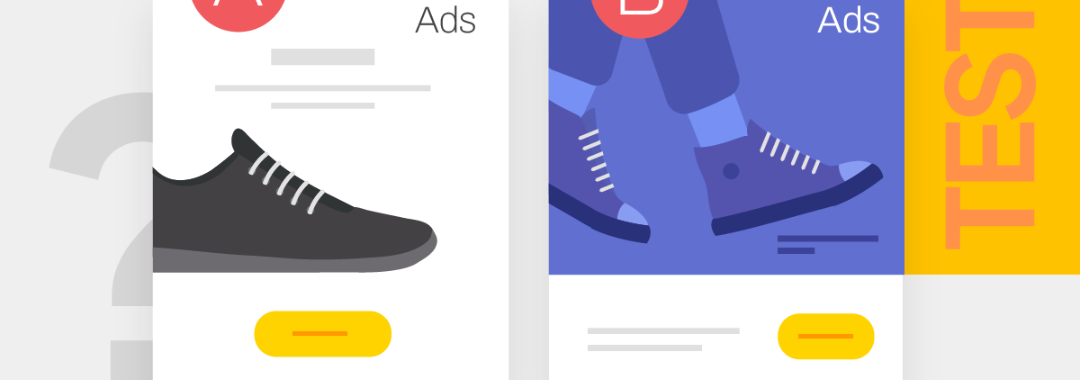Introduction
In the ever-evolving landscape of digital marketing, businesses must continuously refine their strategies to maximize the effectiveness of their paid advertising campaigns. One of the most powerful tools in a marketer’s arsenal is A/B testing, also known as split testing. By leveraging A/B testing, businesses can make data-driven decisions that enhance engagement, increase conversions, and ultimately improve return on investment (ROI).
Understanding A/B Testing
A/B testing is a scientific approach to digital marketing optimization. It involves creating two versions (A and B) of an advertisement or marketing asset, with only one variable changed between them. This could be the ad copy, image, call-to-action (CTA), or even the target audience. By running these versions simultaneously and measuring key performance indicators (KPIs), marketers can identify which variation drives better results and apply those insights to future campaigns.
Why A/B Testing is Crucial in Paid Advertising
Paid advertising, whether on platforms like Google Ads, Facebook Ads, Instagram, LinkedIn, or TikTok, requires businesses to invest money to reach potential customers. Without proper optimization, businesses risk wasting their advertising budgets on underperforming campaigns. Here’s why A/B testing is essential:
Data-Driven Decision Making – Instead of relying on intuition, marketers use empirical data to determine the best-performing elements.
Improved Conversion Rates – Identifying and implementing high-performing elements can lead to increased conversions and revenue.
Better Audience Insights – A/B testing reveals audience preferences, helping brands create more relevant and appealing content.
Continuous Optimization – Since consumer behavior changes over time, ongoing A/B testing ensures campaigns stay effective and relevant.
Key Elements to Test in Paid Advertising
There are various elements within a paid advertising campaign that can be tested to improve performance. Below are some of the most impactful areas marketers should focus on:
1. Ad Headlines
The headline is the first thing a user notices in an ad. Testing different headlines with variations in wording, length, tone, or personalization can significantly impact engagement rates.
2. Ad Copy
The ad description or body text communicates the value proposition. Testing different messaging styles, persuasive techniques, and formatting can determine what resonates most with the target audience.
3. Call-to-Action (CTA)
A compelling CTA drives users to take action. Testing variations like “Buy Now” vs. “Shop the Collection” or “Sign Up Today” vs. “Claim Your Free Trial” can reveal what encourages higher click-through and conversion rates.
4. Images and Videos
Visual elements play a crucial role in catching the audience’s attention. Testing different images, video thumbnails, or animations helps identify which format generates more engagement.
5. Landing Pages
The landing page experience is just as important as the ad itself. Testing different layouts, colors, headlines, and form placements can lead to increased conversions.
6. Audience Targeting
Different demographics, interests, and behaviors affect how an ad performs. A/B testing audience segments ensures ads are displayed to the most relevant users.
7. Ad Placement and Format
Ads appear in various formats and placements, such as news feeds, search results, video pre-rolls, or sidebars. Testing where and how an ad appears can help optimize ad spend and performance.
To ensure A/B testing is effective, marketers should follow these best practices:
Test One Variable at a Time – Changing multiple elements simultaneously can make it difficult to determine which change caused a performance shift.
Use a Large Enough Sample Size – Testing with too few users can lead to unreliable or inconclusive results. Ensuring a significant audience sees both variations improves accuracy.
Run Tests for a Sufficient Duration – Ending a test too early may result in misleading conclusions. Running tests for at least a few days or weeks is recommended.
Set Clear Goals – Define specific objectives, such as increasing CTR or lowering CPA, to effectively measure success.
Monitor and Analyze Data – Regularly track performance metrics to identify which variation is significantly outperforming the other.
Iterate and Optimize Continuously – A/B testing should be an ongoing process. Continuously refine and test new variations to maximize long-term advertising success.
Real-World Examples of A/B Testing Success
Businesses across different industries have successfully utilized A/B testing to improve their paid advertising performance. Here are a few examples:
E-commerce Brand: A fashion retailer tested two different CTAs: “Shop Now” vs. “Discover Your Style.” The latter resulted in a 20% higher conversion rate.
Tech Startup: A SaaS company experimented with different landing page headlines. The variation emphasizing “Save Time with Automation” led to a 15% reduction in bounce rates.
Local Service Provider: A home cleaning service tested ad images featuring before-and-after photos versus happy customers. The before-and-after images generated a 30% increase in bookings.
Online Course Provider: A digital education company tested different video ad formats. A short-form, text-heavy version performed 40% better in terms of engagement than a longer, lecture-style video.
While A/B testing is an invaluable strategy, it comes with its own set of challenges.
Statistical Significance Issues: Running tests with a small sample size can lead to inaccurate results.
Confounding Variables: External factors, such as seasonal trends or platform algorithm changes, can impact test results.
Testing Fatigue: Users may become less responsive to continuous ad testing. Rotate creatives periodically to maintain engagement.
Overemphasis on Short-Term Wins: Some tests may show quick results but don’t guarantee long-term success. Evaluate both short-term and long-term impact before making final decisions.
Conclusion
A/B testing is an essential tool for optimizing paid advertising campaigns. By systematically testing and refining ad elements, businesses can enhance engagement, lower costs, and drive better results. In today’s competitive digital landscape, data-backed decisions are crucial for staying ahead. Whether running search ads, display campaigns, or social media promotions, integrating A/B testing into your strategy is key to long-term advertising success. By continuously iterating and learning from test results, businesses can unlock new opportunities for growth and profitability in the digital advertising space.
